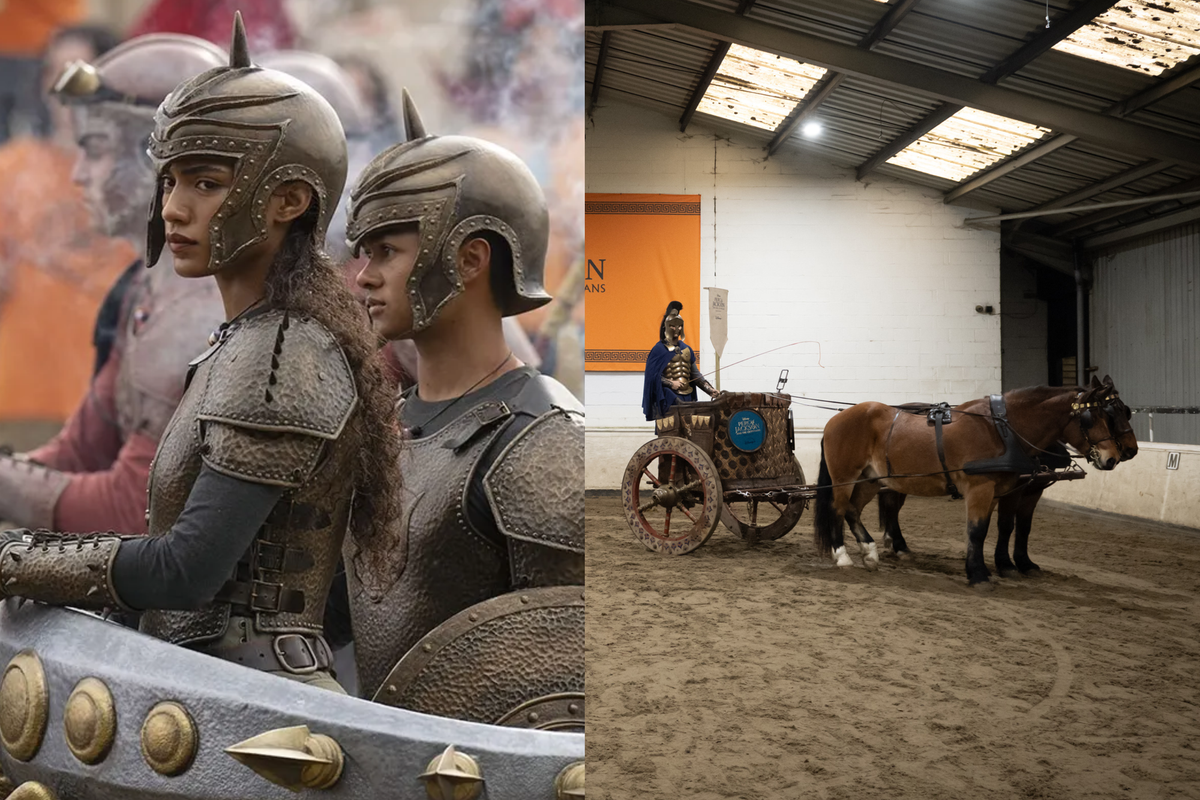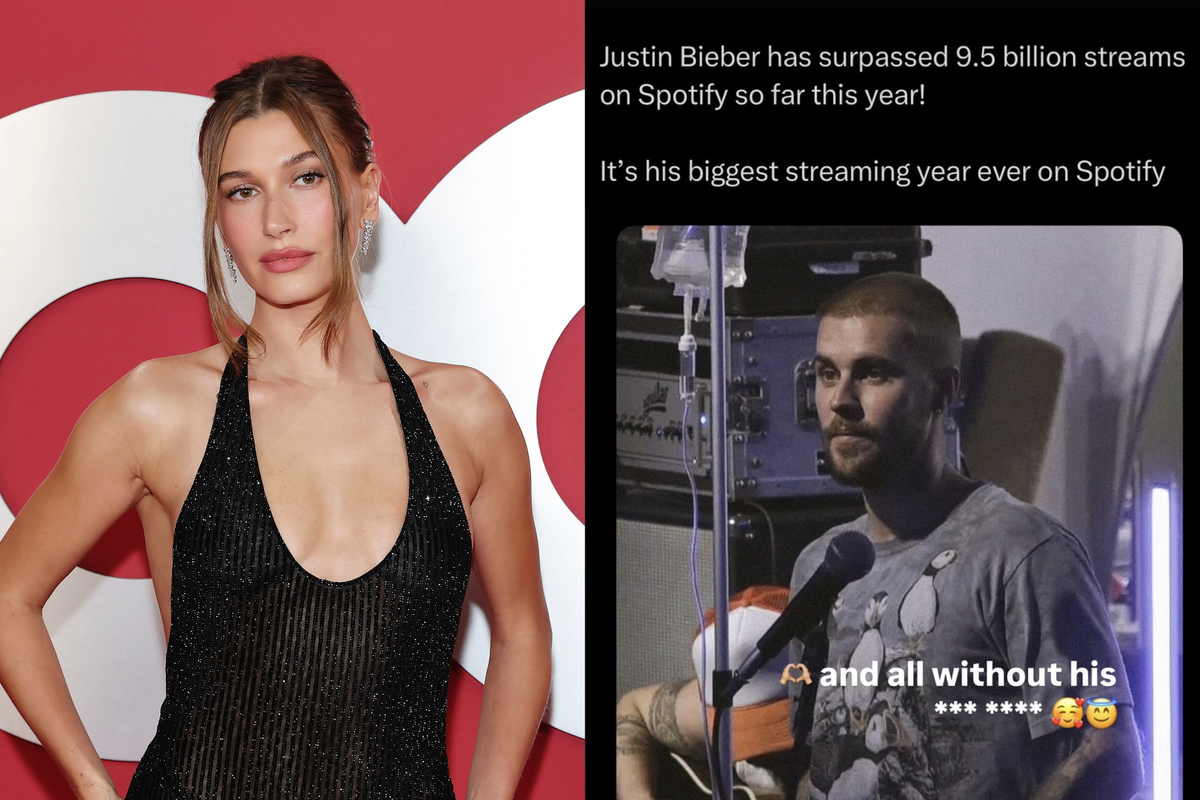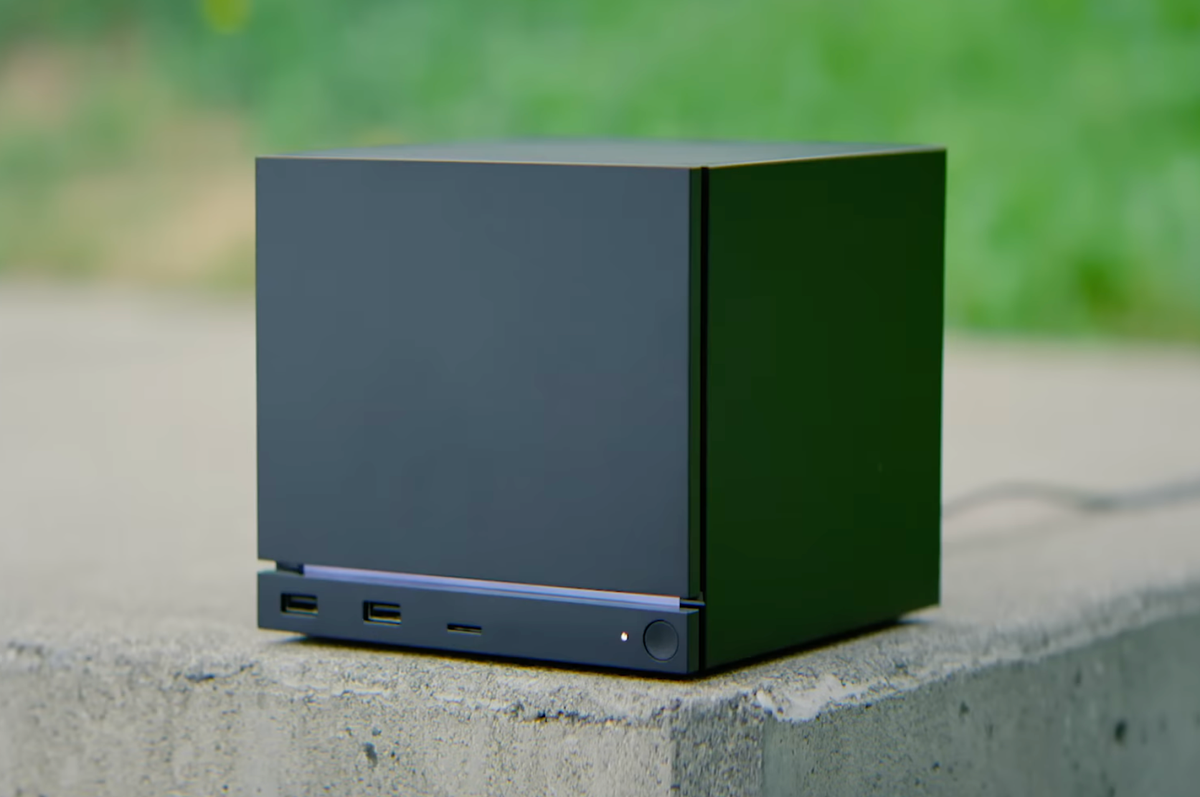News
Narjas Zatat
Feb 20, 2018
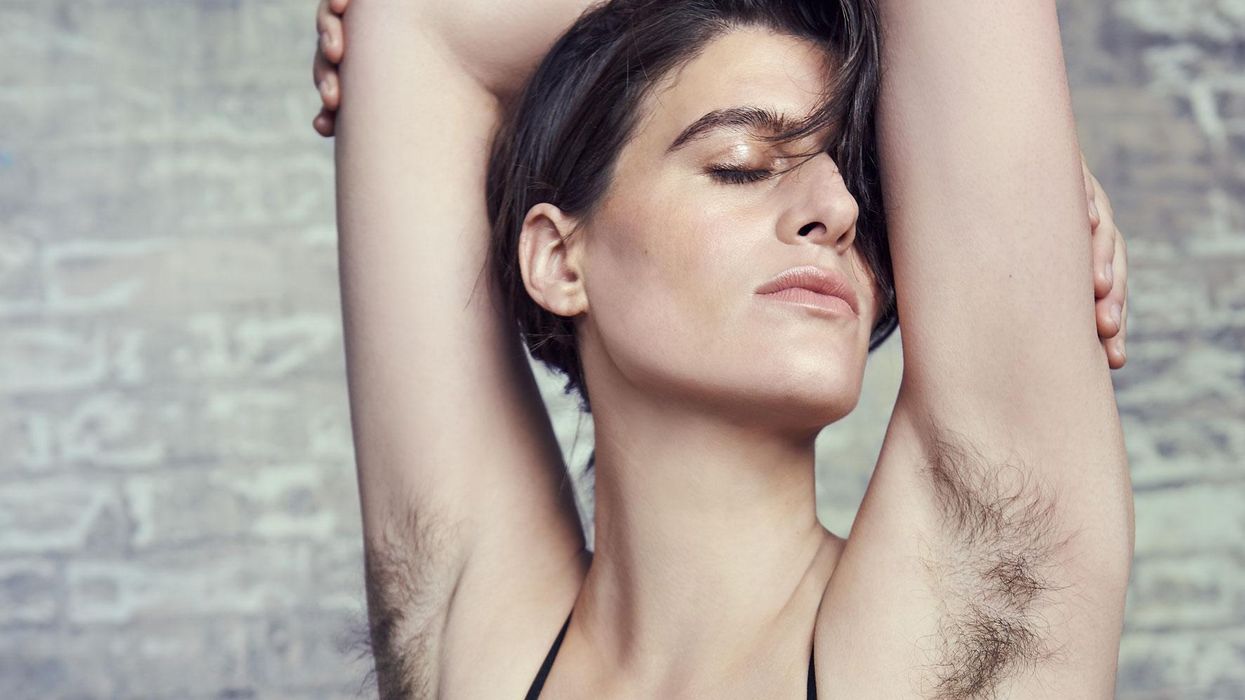
Picture:
Lezli + Rose/DIVA magazine
Rain Dove just made history by being the first gender out neutral model to grace the cover of Diva magazine, a leading publication for LGBT+ people.
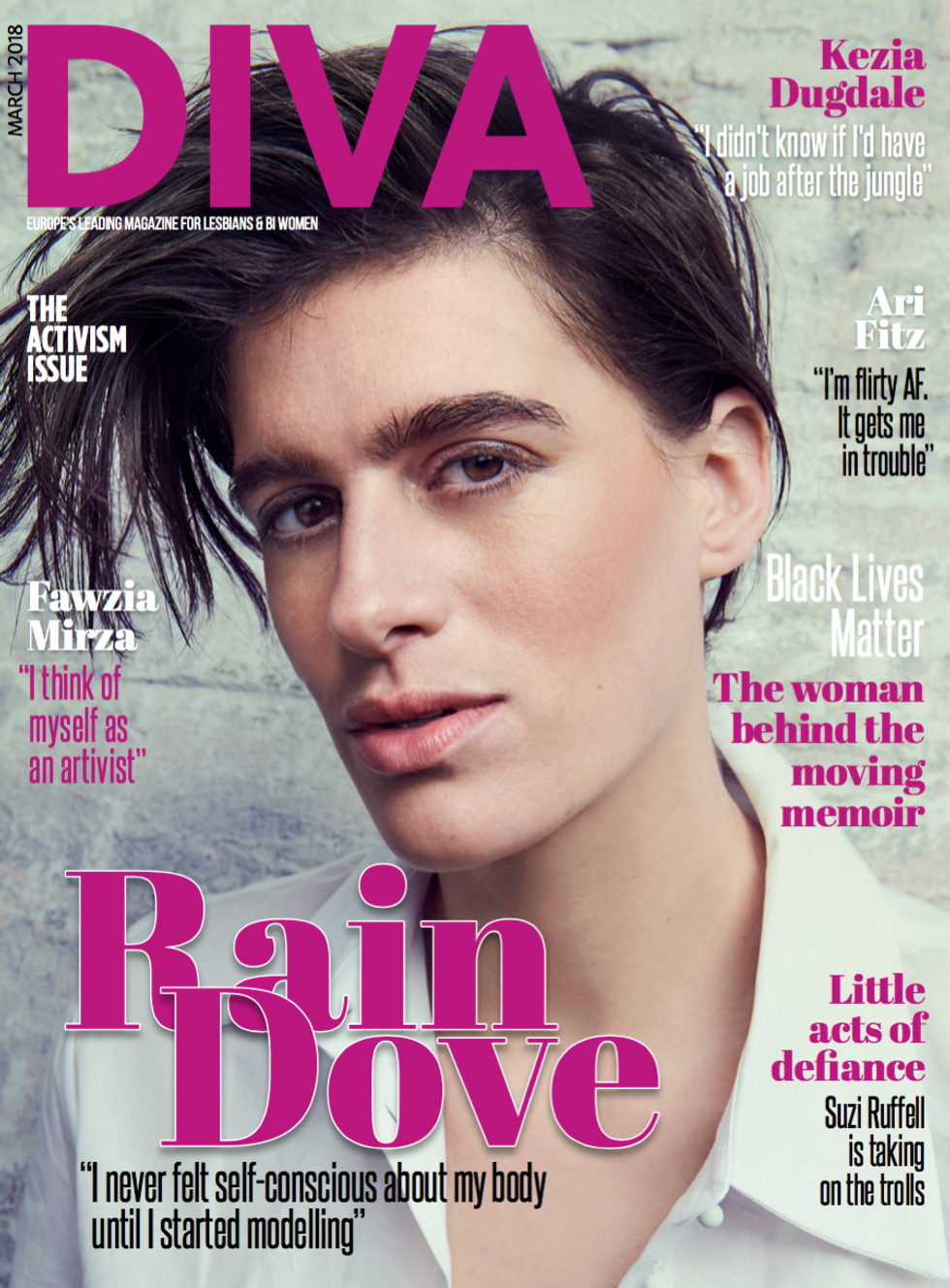
Dove, who has been featured in Vogue, Elle and Cosmopolitan, models both menswear and womenswear, and is also an activist who believes gender is a social construct.
Carrie Lyell, the editor of Diva, said:
Rain is an incredible person and we are absolutely thrilled to have them on our cover this month
I am immensely proud of this cover, and indeed the whole issue, which I believe is a game changer. I hope DIVA readers old and new enjoy it.
Rain – who identifies with the pronouns them,they and their – spoke to indy100 about making the cover, growing up and navigating the modelling industry as gender neutral.
How does it feel to make history as the first gender neutral cover star of Diva magazine?
I feel honoured – and at the same time hopeful that more diverse voices and identities will be showcased as a result. Diva has consistently been a champion for diversity and moments like this have likely saved many lives by showing that diversity can exist in public spaces and it can be safe.
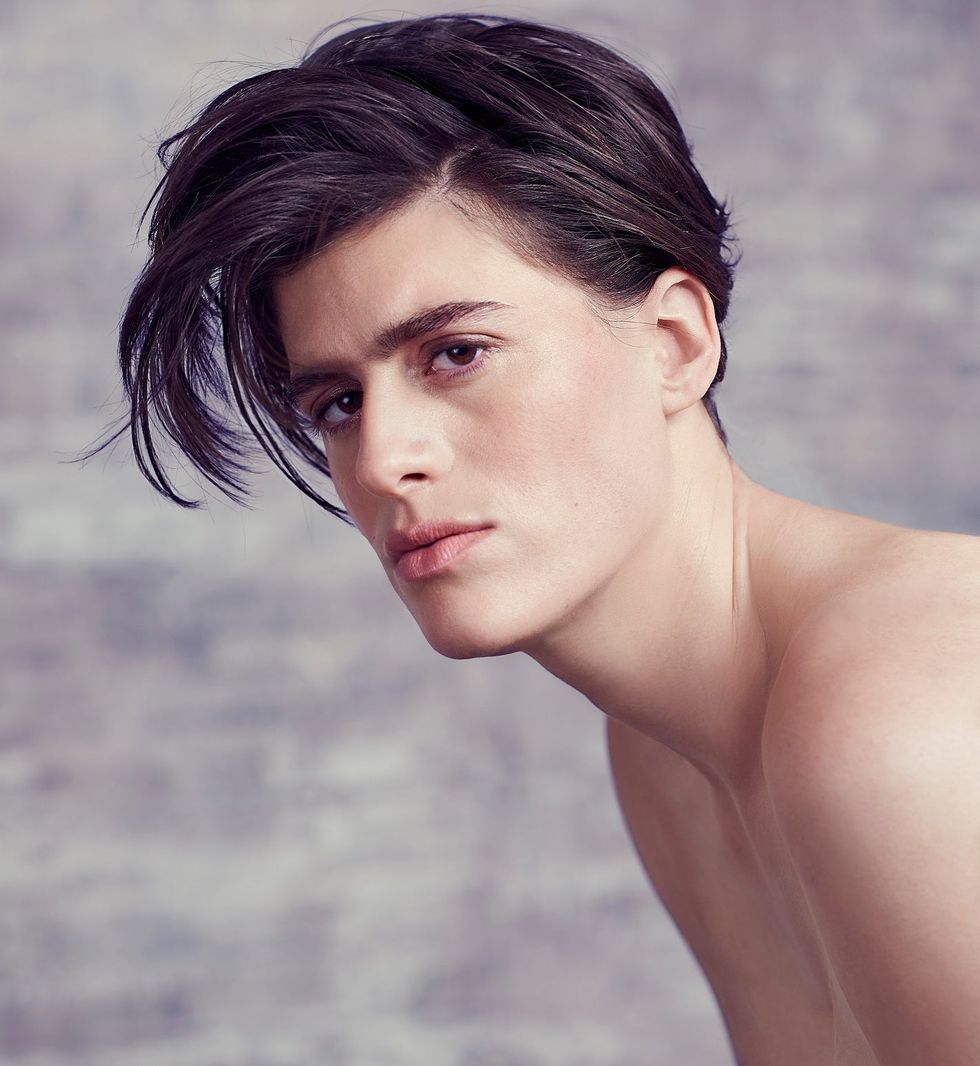
Did you grow up with an idea of being 'gender neutral'?
I actually didn’t grow up as gender neutral. I grew up believing I was just an ugly girl. Maybe I was meant to be like the girl who survives the apocalypse, an action hero, alone on the road.
Fortunately, unlike my teachers and classmates, my parents never forced gender roles or even a ended identity on me. I grew up on a farm so all that mattered was working hard. This gave me a refuge. I would go home from school and find solace in the barn with the goats or in the forest. Then the next day re-enter ridicule and taunting.
I always knew what I knew now, but hadn’t been able to put it into words. I am I. Simply I am I.
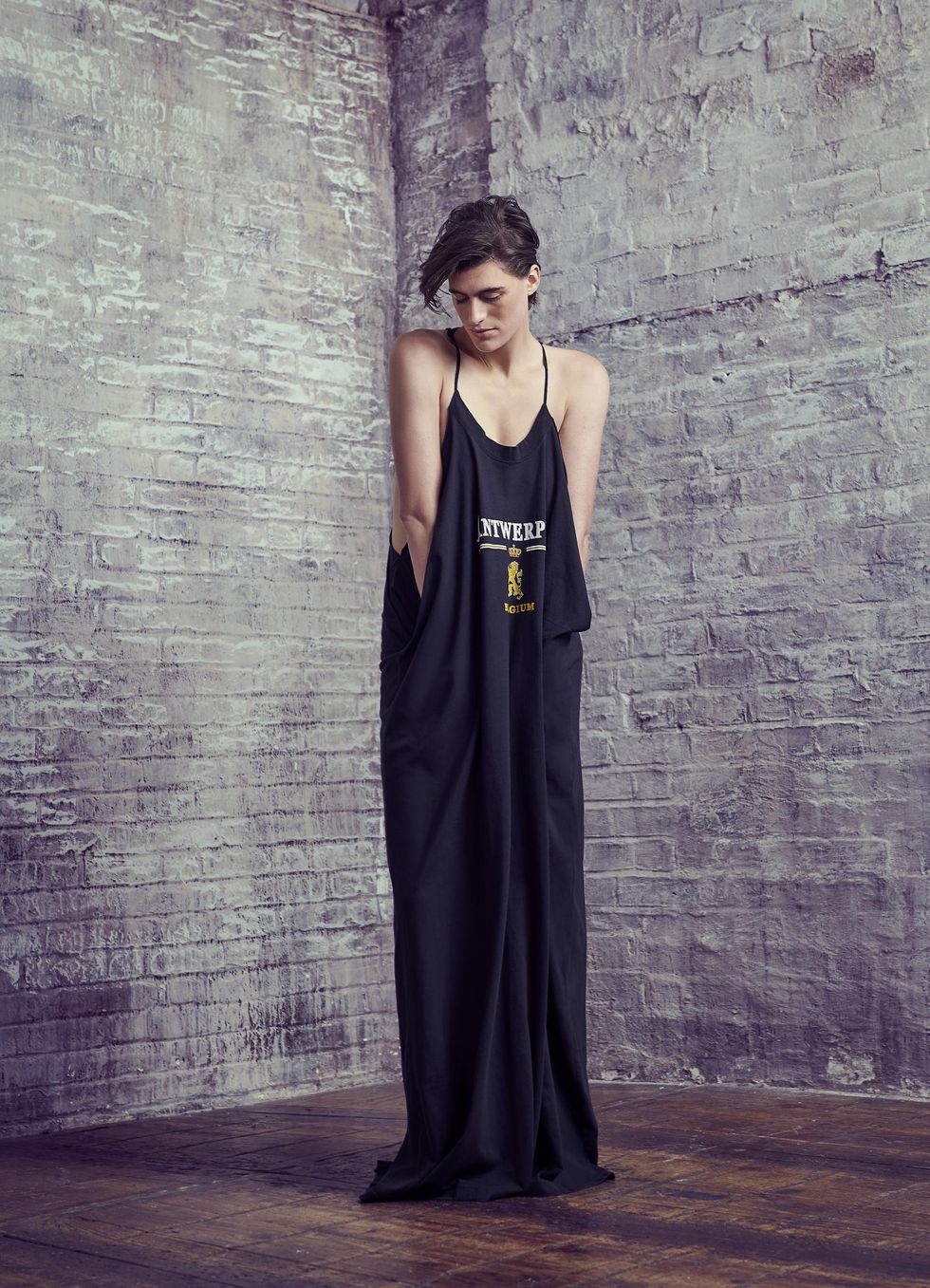
Are pronouns important for you?
For me personally, I don’t believe pronouns are important. Intentions are.
That’s why I tell people, “A pronoun is just a sound to me and all I’m listening for in that sound is positivity. So use what you like.” I see the wielding of a pronoun as something that can be freeing for some members of society, but a shackle to others like myself.
You’ve previously worked as a firefighter under a male pseudonym, as being a ‘man’ in that industry earned you more respect. You also surveyed female and male haircuts and found the former to be more expensive, and you refer to yourself as a ‘gender capitalist'. What are your experiences with misogyny?
One of the most difficult things about being perceived as “male” is the incredible and crushing pressure that comes with the identity. Based on the history of men, men are sold as a constant threat physically and sexually. So you constantly have to be aware of your body, tone, and language.
One time, under the perception of being male, I was working with a female-identifying coworker.
They would get very confrontational about how they liked to work and often critique my methods in a way that wasn’t sugarcoated or blunt. At a point, I forgot about the fact that she was perceiving me as male and I gave her some critique as well. I walked her through and gave her feedback.
Two days later I was told that I was “mansplaining” and written up for “verbal harassment” due to the blunt nature of my critiques.
Nothing was said that was different from my partners form of language. No insults or anger or shortness. But because I was male I was expected to behave at a different level.
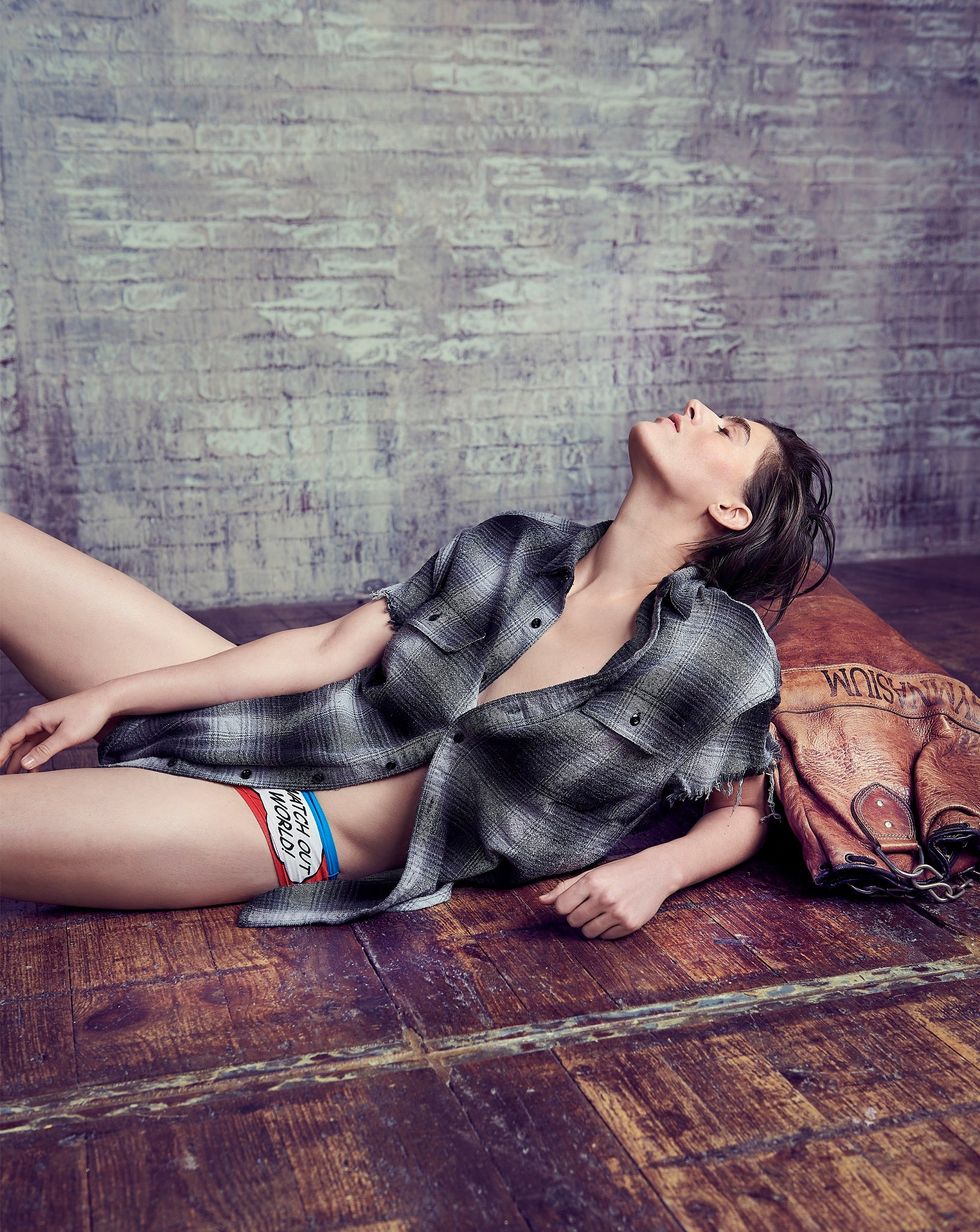
How have you experienced privilege?
When it comes to privilege, I will say that my experience as being perceived as male or female is vastly different than many because of my skin colour, age, size, physique and more.
Intersectionality plays a massive part in how we are treated and adds another layer of complication. I have worked alongside people while landscaping who get paid less because of their skin colour, who are talked to in a way that is direct and by warm, who are asked to turn out their pockets before leaving the job site, to make sure they didn’t steal anything.
And when it comes compared to women – I will say that people absolutely trust me more at my job when they perceive me as male. They don’t harass me when I’m walking home at night. They let me fail on my own instead of coddling me like a child. I could go on and on.
You occupy a unique place in the fashion industry – you model both menswear and womenswear. Do you find it’s easy to navigate those binaries?
This is a great question I believe no publication has asked me before.
What is deemed to be “feminine” vs “masculine” changes regionally, culturally, and specifically around the world. I find that it is easy for me to navigate these – but sometimes difficult to be deemed as “passing”. As a “female” I am 6’2, I have short hair, I am moderately muscular and I have strong features which are all very specific. People often look for my “Adam’s apple” when meeting me for the first time – I literally can feel their eyes slide right to my throat.
I experience a lot of transphobia because of this – even though I do not identify as trans. And this fuels my fire to champion the protections of trans people as well as be a solid ally.
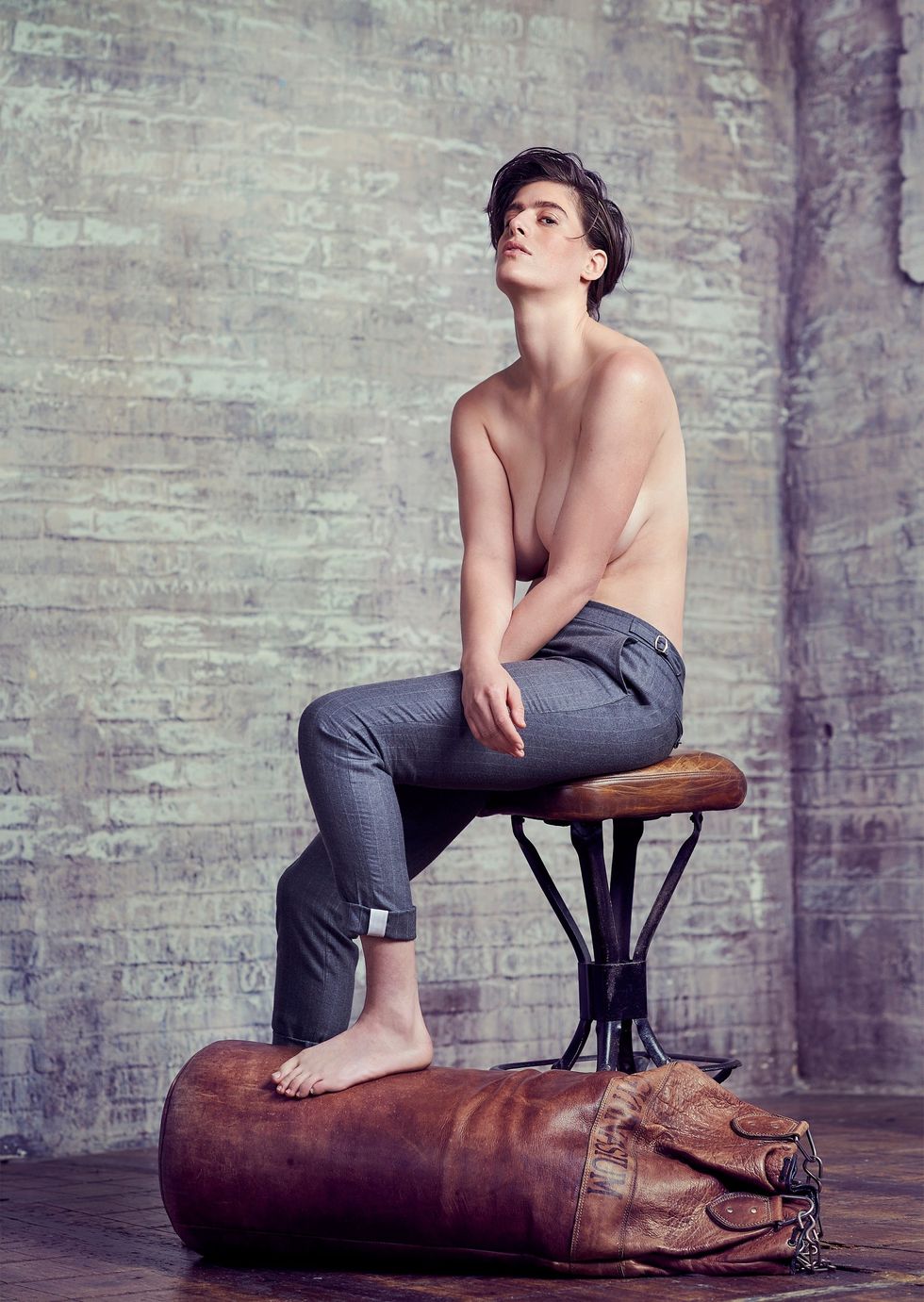
What are some challenges that you’ve faced in the industry?
When it comes to challenges, there are many. It is considerably dangerous not to fit into the mould. I experience bathroom anxiety while travelling due to having been attacked or confronted in the restroom several times before. You can’t blame people, they are just trying to protect themselves.
I lose work because people say that my “identity” is too political for the brand. I’m asked to lose weight to do “womenswear” and gain weight for “menswear”.
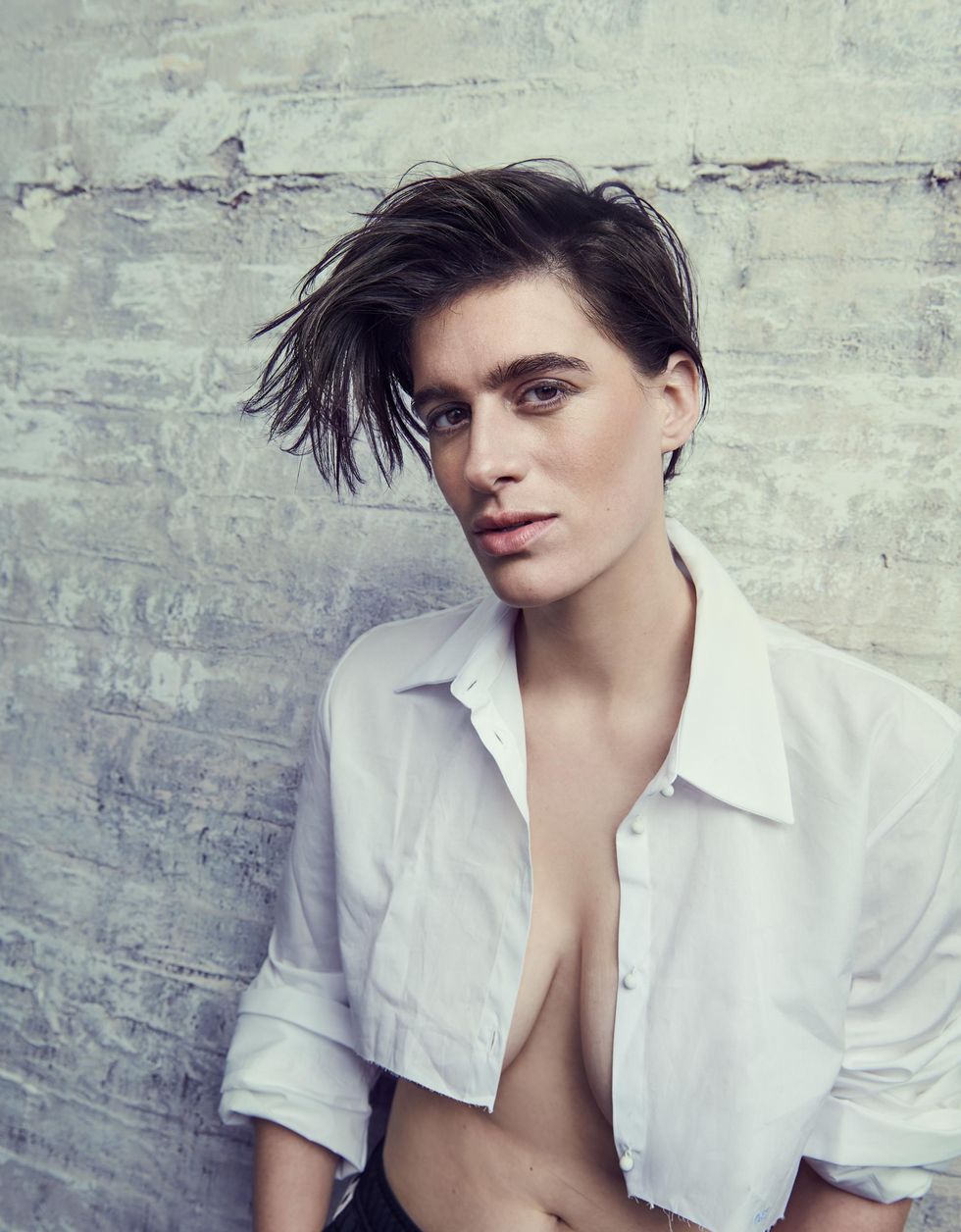
Androgyny in fashion is coming back. There was that Gigi Hadid/Zayn Malik Vogue cover about ‘breaking gender codes’. Are these superficial platitudes or is there a real movement here?
One of the things I feel Vogue missed the mark on when they featured Gigi and Zayn as being “genderfluid” is that genderfluidity for many isn’t something you can just slap on. It’s more than just a relationship to your clothing and what you wear. It’s about a relationship to yourself and others.
While their style identity may step outside of the normal binary occasionally – their personal identity remains very much in place.
I would have loved for Vogue to have sought out people who have lived with this identity before it was a trend instead of capitalising on an opportunity to sell magazines by treating “genderfluid” as a buzzword and adorning it on some celebrities
[Also] I would like to say that you can be heteronormative and androgynous. Androgyny is not inherently queer.
I believe diversity is an important part of the fashion world and it’s exciting to hear of any agency, designer, or fashion house fostering that.
Click here to download the March 2018 issue of DIVA now. The magazine also hits newsstands on Friday 23 February.
More: People are not happy about this ‘sexist’ Asda top
More: A photographer flipped gender roles in vintage ad campaigns and the results are absurd
Top 100
The Conversation (0)



